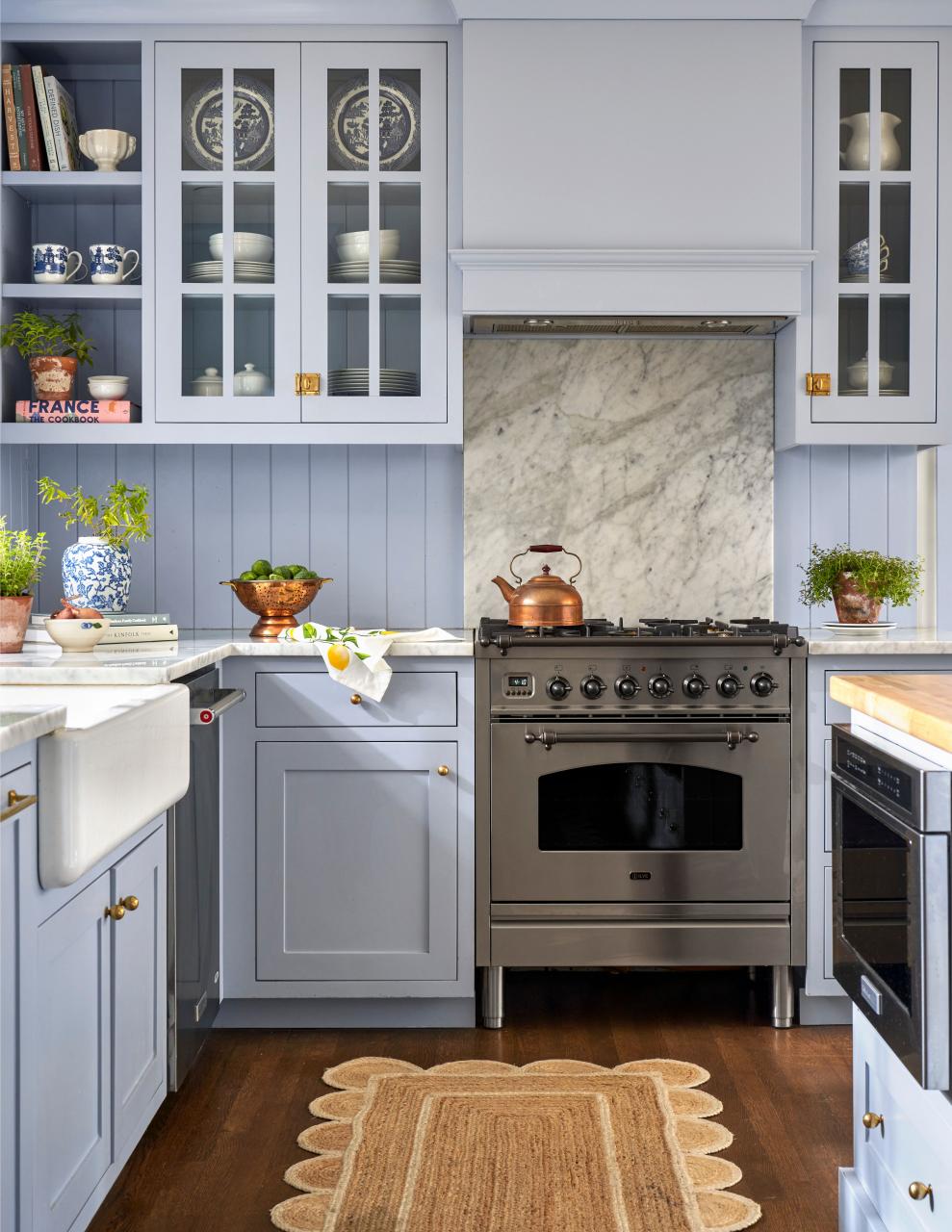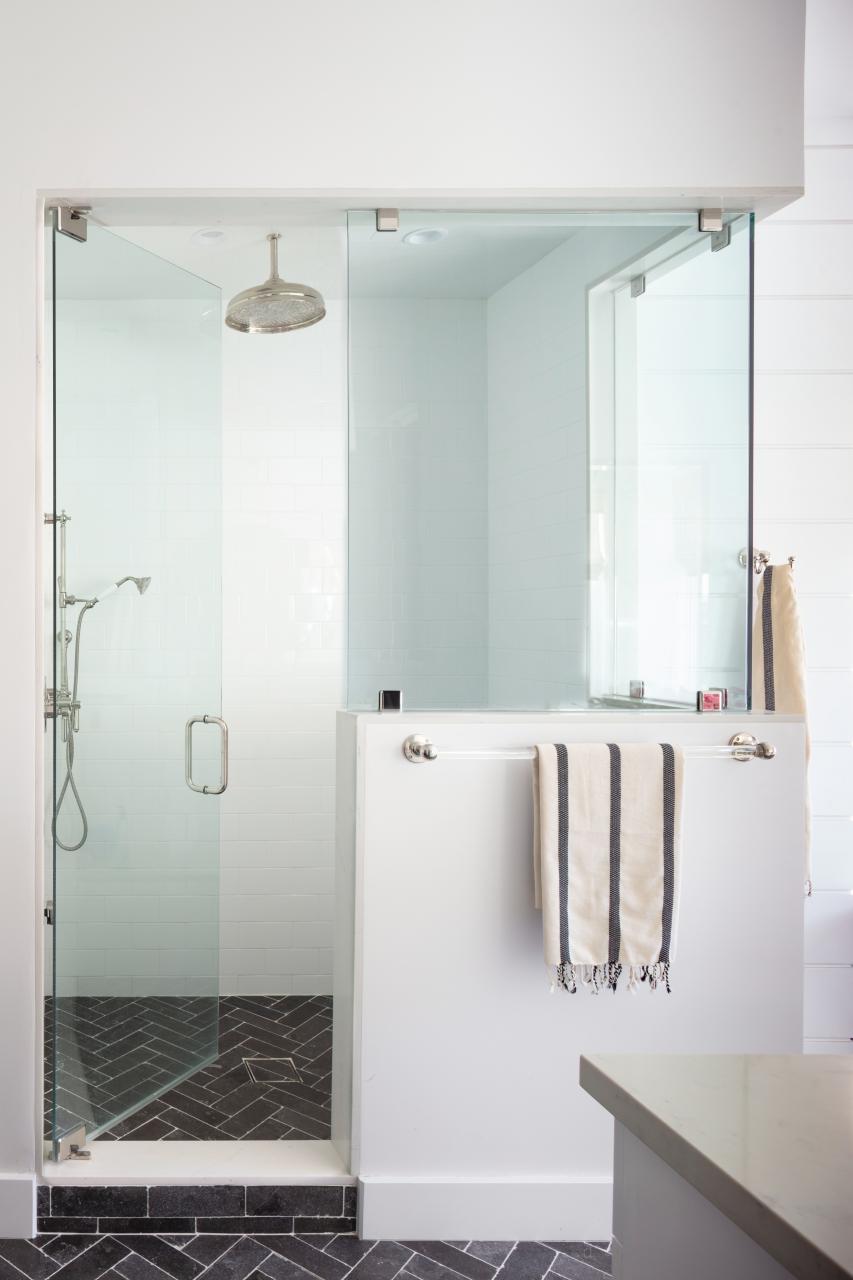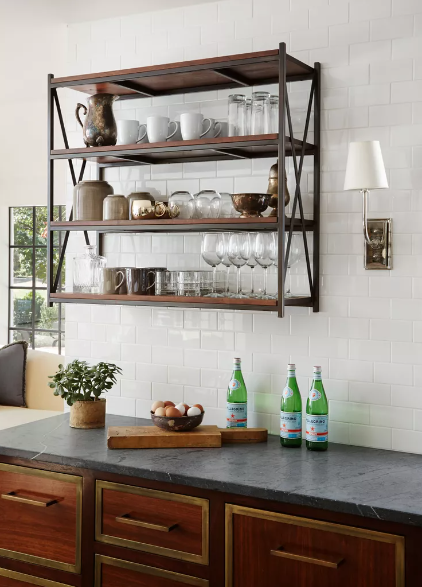Painting cabinetry is a popular DIY task for updating a house’s interior. Whether you go with white, black, blue, or green, painting cabinets permits any kitchen area or bathroom color pattern. It isn’t always a basic task.
Using a brush or roller to hand-paint each door, drawer, and box (the part attached to the walls) is no doubt a prompt job, sometimes with mistakes included. To conserve time, DIYers may avoid the brush or roller altogether, rather picking to utilize a paint sprayer with plenty of prep to cover the floor, ceiling, home appliances, and more. To learn which approach for painting cabinets is genuinely the very best for the sake of time and quality, we talked to industry pros.
Pros of Brush or Roller Painting
The standard DIY approach for painting cabinets involves utilizing a brush or roller, as neither requires much knowledge or abilities in expert painting. Any DIYer can utilize this approach, specifically considering that limited supplies are needed. No expert equipment is required, just sandpaper, guide, enamel paint, and your brush or roller– making this method more budget friendly. There’s also minimal tinker this method, as you’ll be in total control of the application. Nick Slavik, expert painter and Purdy partner, states that while he usually chooses a paint sprayer, brush painting can much better complete the wood’s pores.
Cons of Brush or Roller Painting
Time is among the greatest factors property owners dread painting kitchen cabinetry. In between the prepping, sanding, and cleansing, painting by hand can take days. Slavik keeps in mind that in his expert service, it takes about 70 hours total to prep, prime, and professionally hand-finish one set of cabinets with 40 doors and drawers (the average kitchen area quantity).
Another con of hand-painting is prospective brush marks or roller stipple. There is also less color coverage when compared to spray painting.

Pros of Spraying Cabinets
Dennis Fiorilli, director of product quality at Sherwin-Williams, says spraying kitchen cabinetry is the best method to accomplish a factory-like finish. Slavik agrees and says painting an entire set of cabinets with a sprayer takes only a few hours with a sprayer, conserving days of work. There is also much better color coverage when using a sprayer instead of a brush or roller.
The 8 Best Paint Sprayers of 2023 That Can Tackle Any Paint Project
Cons of Paint Sprayers
While the overall time to paint a whole set of cabinets is lowered dramatically with a sprayer, the time spent prepping the area boosts. All of the home appliances, floors, and ceiling– anywhere you do not want the paint to go– have to be covered with plastic and taped down when using a sprayer. All hardware also requires to be gotten rid of (though this holds true for brush or roller painting too).
Furthermore, the sprayer may not enter every pore of the wood, so the cabinets might need to be touched up with a brush afterward. There will likewise be more odor and fumes from a sprayer instead of with hand-painting from a tray or can of paint.
The Final Verdict
Both Slavik and Fiorilli agree– using a paint sprayer is the best method to accomplish the most professional cabinet surface as well as conserve time. That doesn’t imply that a brush or roller should never be utilized. Alec Willard, another Purdy expert painter, advises utilizing a 2-inch bristle brush when painting the little, inside airplanes of the cabinet base, then ending up the location with a 3/8-inch mini roller.
The Recommended Process
Prep the Site
The very first thing to do prior to painting cabinets is to get your job site in order. Pros usually take cabinet doors and drawers off and take them to their shop, however your yard or garage will work just. Get rid of all hardware and label all pieces to make sure an easy reassembly procedure.
Make certain both the indoor and outdoor areas have good ventilation prior to you start to work. For the indoor website (cooking area or bathroom), cover the flooring, counter tops, and even the ceiling with builders’ paper or rosin paper. Both type of paper are available in large rolls from big-box shops and paint stores. If spraying cabinets, cover each opening left from the gotten rid of door or drawer with masking tape and plastic. This action isn’t essential if brushing or rolling the cabinet bases.
Prep Cabinets
” There is no alternative to great prep. Lots of products use ‘no sanding’ or ‘no priming,’ but take it from a professional with 31 years of experience: do the preparation. We have a simple system called SVT– sand, vacuum, and tack rag,” Slavik says.
To sand cabinets, use medium-grit sanding sponges or a random orbital sander with 220-grit sandpaper to abrade the surface. Use a vacuum with a brush accessory to eliminate the bulk of the sawdust. Lastly, use a moist microfiber tack fabric to get rid of the leftover great dust so that just a clean surface stays.
Prime Cabinets
Next, it’s time to prime. Fiorilli states to use a binding guide for slick surfaces and a stain blocker to seal discolorations or tannins. After utilizing a sprayer to use guide on all base cabinets on site and the doors and drawers outside, the pros suggest duplicating the SVT procedure one more time prior to using your cabinet paint color.
Paint and Reassemble
Of the preparation and priming work is total, it’s lastly time to paint your cabinets the color of your choice. Enamel paint is best for cabinets rather than wall paint as it is more durable and supplies a longer-lasting surface.



